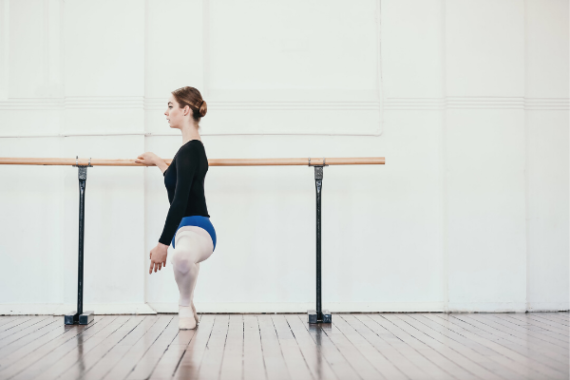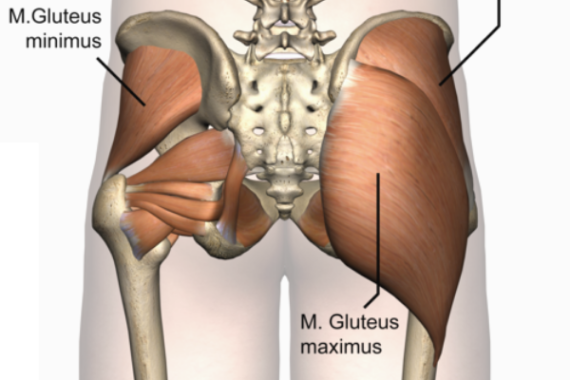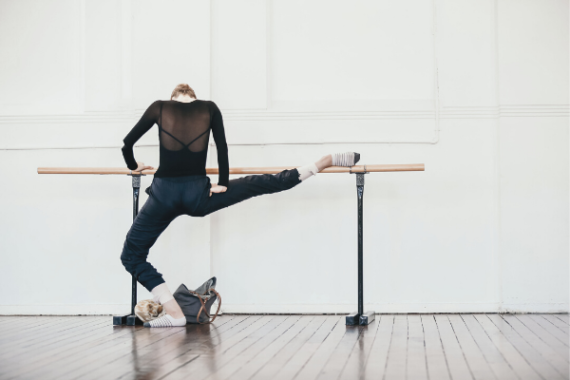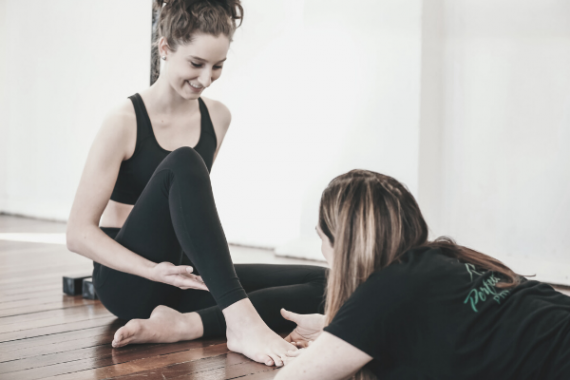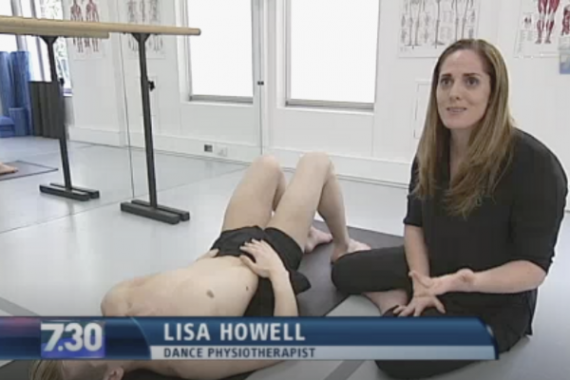- Free Articles
- Shop
- Workshops
- The Dance Educator Series
- L1 – The Fundamentals
- L2 – Pointe Intensive
- L2 – Flexibility Intensive
- L2 – Training Turnout in Tiny Dancers
- L3 – Foot & Ankle Injuries in Dancers – NEW
- L3 – Hip Injuries in Dancers
- L3 – How to Train Extreme Mobility Safely
- Upcoming Workshops
- Workshop FAQ’s
- Workshop Testimonials
- Host Application Form
- Dance Teacher & Health Professional Directory
- Members Areas
- Cart
- My Account
Pain at the Front of the Hip - Sartorius and Psoas Strain Causes and Fixes
Hi Lisa,
I looked through your articles and don't see any discussion on Sartorius strains or injuries. I have a student that complains of pain at the knee and front of the hip - she's been to two physician specialists to rule out any anatomical anomalies, and there are none. She's also run through a series of physical therapy by a "dance injury" doctor of physical therapy.
At first, I thought she might have a chronically inflamed psoas, but with a "tucked" under pelvic alignment, I'm ruling that out as she complains of pain with attitude devant, developpe devant, and ronds de jambe en l'air.
Her spine is a "reverse" curve in that the lumbar spine curves outward and the thoracic spine is fairly flat. We've run her through the Front Splits Fast program and yoga program with little relief. We've tested her turnout from the prone position and she shows about a 50-degree range of motion both inward and outward. Her parents and I are puzzled about what to do next.
Could you please post some comments on Sartorius strain and causes and solutions?
Thank you very much,
Valerie
Hi Valerie
Thanks so much for your question, and I hope that I can help you out a little.
First of all, I need to ask why you would rule out a chronically inflamed Psoas, as in fact, all of the things that you describe indicate that this might be the case, especially in regard to the tucked under pelvis and reversed spinal curves. I have actually written another post that explains this in detail about Chronic Hip and Back Pain
One of the biggest issues I note with any student with hip issues is the tendency to this type of tucked posture. It often develops as they are trying to engage their deep abdominals and hold turnout, however, this posture actually contributes to destabilising the deep little low back muscles (Multifidus) making the true core more unstable. If a dancer maintains a flexed lumbar spine, the Psoas muscle (that attaches to the front of the spine) is often recruited to stabilise the low back. This then makes it less available for what a dancer really needs it for which is supporting the lifted leg in extensions.
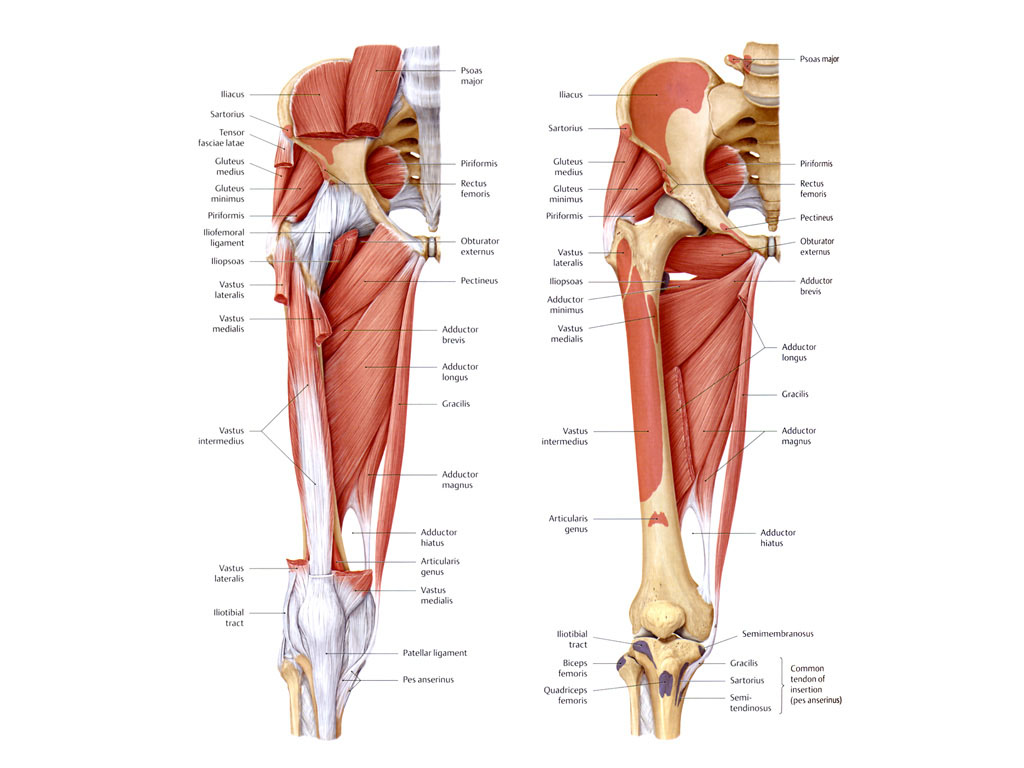
If the Psoas is unavailable, then the load of the weight of the leg is transferred to the Rectus Femoris and Sartorius muscles, so this may well be the issue that she is having. Both have an attachment point at the front of the hip and the knee, so it depends on the location of the pain as to which one is being overloaded. Once correct alignment and stabilisation of the low back are achieved this will allow the Psoas to release it's stabilizing role, and be used more effectively for lifting the leg. The video below explains this in detail.
I would highly suggest that you get a copy of the "How to get your legs higher in a développé devant" program as this goes over this exact issue, including assessment of the hip, and the correct retraining of the hip as well as the specifics of retraining the deep muscles of the low back.
During the process of retraining all of her motor patternings, I would advise that she keep BOTH legs at glissé height at the barre and during adage, until she has the strength and awareness to control her spine, standing leg turnout, working leg turnout, and core stability. Retraining common steps does take quite a lot of repetitions, so it is better to keep the leg low during this process, as well as to let the inflammation clear completely.
I do hope that this helps you understand the situation better and helps her settle the pain as quickly as possible.
Kindest Regards,
Lisa Howell
Turnout Resources
If you are looking to delve deeper into this topic, check out the following programs:
- Tips for Turnout: This ‘Tips for Turnout Guide’ is a great starting point for anyone wanting to learn more about how to maximise turnout safely, and is the first resource in our Training Turnout Series. It gives you tips on improving your range, developing control of your standing leg and specific ways to increase the height of your développé devant.
- Training Turnout: Deepen your exploration of the anatomy of the dancers’ hip with this unique Training Turnout eBook. As the second resource in our Training Turnout series this program is a great follow on from our Tips for Turnout Program. Learn how to assess and understand the structure of your own hips, strengthen standing leg turnout and turnout en fondu as well as develop extraordinary control in your adage.
- Training Turnout in Tiny Dancers: If you are dance teacher, this is the perfect continued education course for you. In this systematic and comprehensive approach to training turnout in tiny dancers, Lisa and Beverly provide dance teachers with direct techniques to use in class to safely develop optimal range and control of motion in all dance students. This program begins by establishing strength and control in parallel, before adding on the control of rotation, which is hugely important in the long term health of dancers’ hips. Using elements of fun and creative play to bring scientific and detailed training programs into dance schools is a unique and effective way to help thousands of young students worldwide
- Level One Dance Teacher and Therapist Training: This unique course covers a multitude of assessment and treatment techniques to individualise a dancer's training. With special focusses on Postural Control, Core Stabili
ty, Flexibility, Basic Classic al Technique, The Dancers Hip, Allegro, Spinal Mobility and Arabesques, it is suitable for anyone working closely with dancers. - Anatomy Posters: These A3 posters are a great addition to the studio, to make it easy for teachers to explain the anatomy behind the movement to dance students. With clear anatomical images and descriptions of how each muscle works in a dancer, they are an essential tool for training intelligent dancers.



